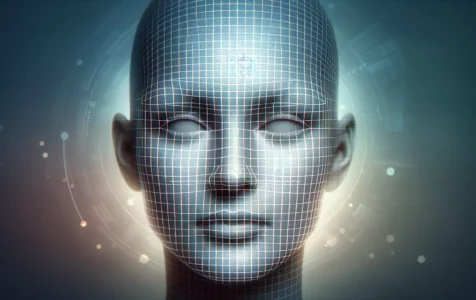Biometrics, using unique individual biological and behavioral characteristics, has become essential for personal and enterprise security, providing sophisticated identification and authentication.
What Are Biometrics?
Biometrics uses attributes like fingerprints, facial patterns, voice recognition, and typing styles, offering unique, hard-to-replicate identifiers for security. It’s applied in banking, law enforcement, and electronics, with examples like Citibank’s Voice Biometrics and iPhone’s Face ID for enhanced security.
Benefits and Concerns
Biometrics provide fast, reliable, secure access to devices, information, and areas but raise privacy and data security concerns. Risks include potential hacking or cloning, as biometric data is permanent and unique. Public surveillance use, like facial recognition in airports and streets, has sparked privacy and ethics debates due to its security benefits versus privacy impacts.
Security Measures and Future Directions
Biometrics provide quick, reliable, secure access to devices, information, and areas but raise privacy and data security concerns. The risk of biometric data being hacked or cloned is significant because it cannot be changed and is unique to the owner. Public surveillance use, like facial recognition in airports and streets, has led to debates on privacy rights and ethical issues, balancing security benefits against privacy impacts.
Historical Development of Biometrics
Biometrics has evolved from ancient Egyptian physical identifiers to modern automated systems. In the 19th century, Alphonse Bertillon introduced physical measurement-based identification, but Sir Francis Galton’s fingerprint research laid the groundwork for today’s biometric authentication. Technological progress has refined these methods, highlighting the ongoing search for secure and reliable individual identification.
Legal Frameworks and Regulations
Legal frameworks have adapted to biometric technology’s spread, focusing on privacy and security concerns. Globally, laws regulate biometric data collection, usage, and protection. The EU’s GDPR enforces strict biometric data processing rules, requiring consent and emphasizing data protection. In the U.S., Illinois BIPA sets rigorous standards for businesses handling biometric data. These regulations aim to ensure ethical, responsible use of biometrics, balancing privacy with security improvements.
Reliability of Biometric Systems
While biometric systems offer unparalleled convenience and security, their reliability is not absolute. Factors such as poor-quality inputs, changes in physical traits (e.g., injuries or aging), and technological limitations can lead to false rejections or false acceptances. This variability underscores the importance of continuous improvement in biometric technologies and the adoption of multimodal systems. By combining several biometric traits, multimodal systems can significantly reduce the likelihood of errors, enhancing both the security and reliability of biometric authentication.
Controversies and Data Breaches
Biometrics’ adoption has raised privacy and data breach concerns, with incidents highlighting risks in sensitive data handling. Debates over its use for surveillance question privacy rights and ethics. The need for strong security, clear policies, and regulatory compliance is critical to protect against unauthorized use. The biometrics market is expected to grow, with innovations promising enhanced security and convenience. The challenge lies in balancing security benefits with privacy and data protection. Biometrics are key for security, with ongoing evolution in technology and protective strategies.
